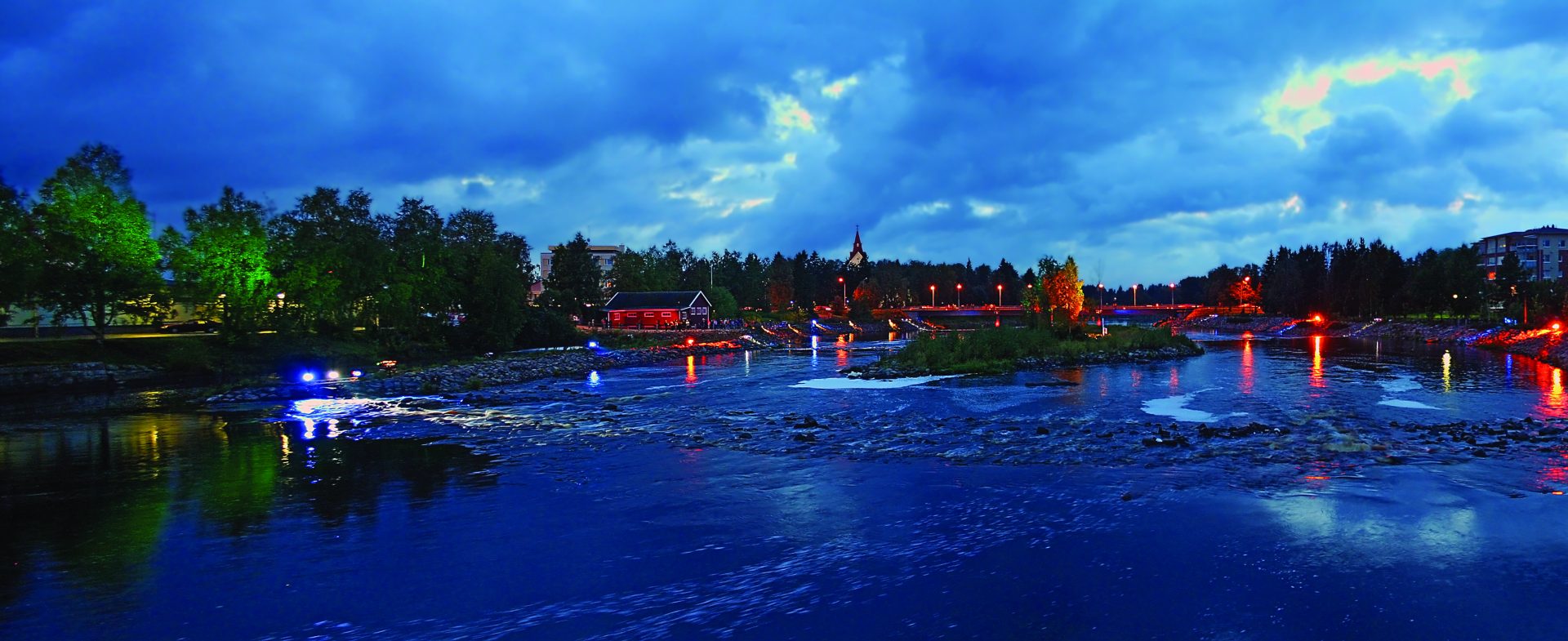Ylivieska’s Urban Walk and Cultural Walk take walkers to the most interesting historical stages of the city.

Ylivieska’s Urban Walk is a walking route of interesting destinations prepared by Ylivieska Local Heritage Association in 2007. The route has been further developed over the years and has become the Cultural Walk which can be walked independently or with a guide. Guided Cultural walks are part of the cultural services’ summer activities.
Destinations
Click the name of the destination below and further details will be shown.
More About History of Ylivieska
Culture Walk
The guided Culture Walk allows people to familiarise themselves in Ylivieska’s most important landmarks and attractions as well as statues. The local heritage path takes you by foot to the attractions in the area of Ylivieska’s city centre. The route starts at Helaala Mill from where the river landscape route is followed to the area of the new church, which is under construction, and the old church ruin, while familiarising in the congregation’s different phases leading up to the dramatic church fire and the construction of a new church.
The route continues to the location of the first folk school, the current Veteran Park, where men leaving for war were convened to wait before heading off to the battlefront. The journey continues to the city hall and library where the history of Ylivieska is reviewed. At the same time, we familiarise ourselves with Päivärinta School and Cultural Centre Akustiikka.
From there, the walk continues via Pikkupappila and Pietari Päivärinta’s residence “Lukkarinpuustelli” towards the railway station where we find out how the railway influenced the development of Ylivieska. We then continue to Jaakola House. The long and colourful history of the house is also directly entwined with the history of Ylivieska through many events. The last destination is Finland’s second concrete bridge, the Clay Bridge, before returning to Helaala Mill. The walk also takes visitors to statue attractions, where we delve into their history and their artists and sculptors.
The Cultural Walk not only provides a piece of history, it also involves the landscapes through the “Changing Ylivieska “ theme and how, over the years, Ylivieska has developed from a market to a central city of the region.